
’63 Corvette Grand Sport, Superformance’s Refined Reproduction
Story and photos by Steve Temple
On the shortlist of the most valuable and significant Corvettes ever built is undoubtedly the ’63 Grand Sport.
Called “The Lightweight,” it is substantially lighter than a factory Corvette, with an ultrathin body and modified chassis. After being fitted with a hot, Weber-carbureted mill, the Grand Sport became virtually unbeatable on the track. For a brief, shining moment at Nassau Speed Week 1963, it proved to be superior to both Shelby’s vaunted Cobra and other GT-class cars and racing prototypes.
Curiously, reproductions of Zora Arkus-Duntov’s remarkable design are not as common as Cobra replicas, even though the Grand Sport was one of the few race cars to ever best Shelby on the track. Superformance is one of the few firms carrying the torch onward, producing a replica that improves on the original, refining a raw-boned racer for the street.
Even though the Superformance Grand Sport has the original’s hard-edged body shape, along with a nearly identical suspension setup, the car is far more substantial and controllable. That’s partly due to the increased weight, estimated at 2,900 pounds when equipped with air conditioning and power-assisted accessories. There’s an increased set on the tires and suspension. Also, the doors don’t feel flimsy, but shut with a firm, solid thunk.
The original Grand Sport’s 377-cubic-inch engine’s output reportedly ranged from 485 to 550 horses (or more, depending on the historical source), but taking things to a higher level is noted engine builder Lingenfelter Performance Engineering, which installed one of its 427-cubic-inch LS7 mills, boasting 592 dyno-proven horses, and offsetting the extra heft of the Superformance.
Drawing on decades of development, the LS7 boasts CNC-ported LS3 cylinder heads, topped by a Holley Dual Quad converted to EFI. Actuating the valve train is a Lingenfelter GT19 bumpstick (227/239 duration at .050 lift - .678/.688 lift). GM rockers, running at 1.8 ratio, are braced with a Comp Cams trunion upgrade. The JE forged-aluminum pistons and Oliver rods sling a Callies DragonSlayer forged-steel crank with a 4-inch stroke and a 11.5 CR.
Transferring the output aft is the Tremec 6060 Magnum, a 6-speed manual fitted with Centerforce’s flexplate and DYAD Dual Disc clutch. The take-up requires a muscular leg, but those two extra gears (compared with the 4-speed M-22 Rock Crusher on the original) significantly enhance both performance and driveability.
Superformance’s Lance Stander notes that the frame and suspension are about 95 percent identical to original (with the addition of Bilstein coil-over shocks and power steering). Another modern upgrade is the rear end from a C3 Corvette, running a ratio of 3.73:1.
On the track, the ’63 Grand Sport was a handful, which was hardly unusual back in the day before advanced racing technology. However, in dramatic contrast to the original’s antisocial manners, Superformance’s Corvette Grand Sport is positively plush. For instance, rather than thin racing shells, the seats are thickly cushioned. The Wilwood brakes are power-assisted, with four-piston calipers and vented discs at all four corners, so there’s no bump steer when braking into corner.
How does the car’s owner, Ken Lingenfelter, feel about his replica? He speaks from experience as a seasoned Corvette collector with more than 80 in his personal stash of 250 cars, most of them rare and historically significant vehicles. “I’m a Corvette guy – I love ‘em all,” he says. “But my Grand Sport is one of the highlights of our collection.”
Ken points out that a Superformance can be loaded with creature comforts, making it a regular driver. While acknowledging the priceless heritage of an original Grand Sport, he points out that a replica version is better than original, because it lets you relive the glory days without risking a piece of history. He feels the Superformance platform is versatile enough for use on the street, as a show car, or at track events. But given the type of high-performance engines he offers, it’s no surprise that track duty is in his plan. “We need to really punish it,” he says.
For those who aren’t inclined to do a lot of buildup work on a replica, Superformance typically sells it as a turnkey-minus, complete except for the drivetrain. A customer then can either drop that in, or have a shop handle the mechanicals.
To make things even easier, there’s a new provision for low-volume replica manufacturers allowing these companies to produce as many 350 turnkey cars per year, just so long as they meet current emissions standards.
Currently GM’s E-Rod crate engine qualifies, and Lingenfelter is working on an engine package that would qualify as well, along with a special-edition version of the car. This means builders can crank out a smog-legal street machine, or a custom-built beauty with a period-correct racing mill. Either way, it’s a winner, just as Zora originally intended.

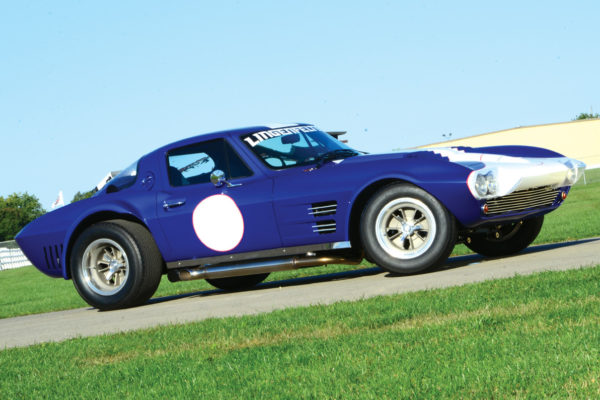
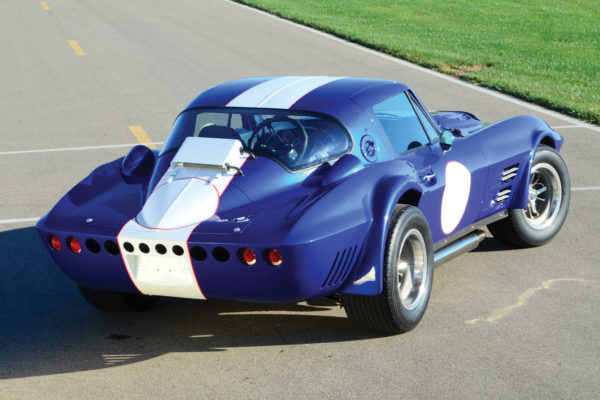
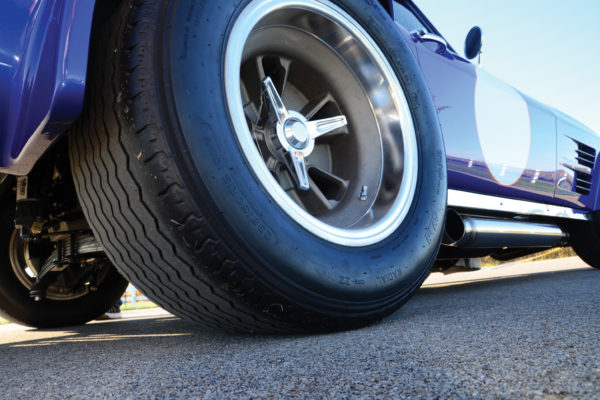
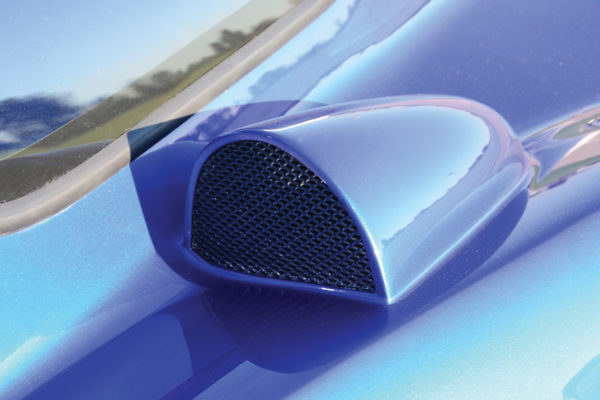
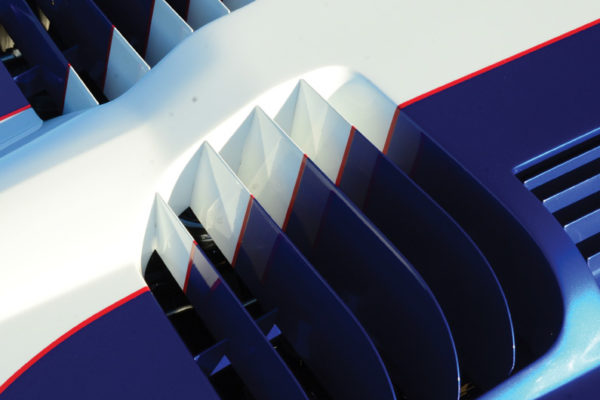
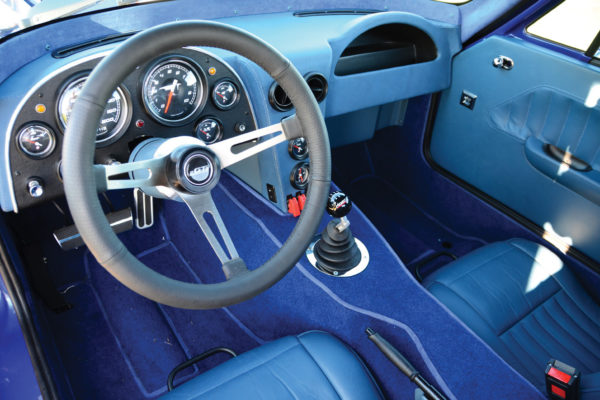
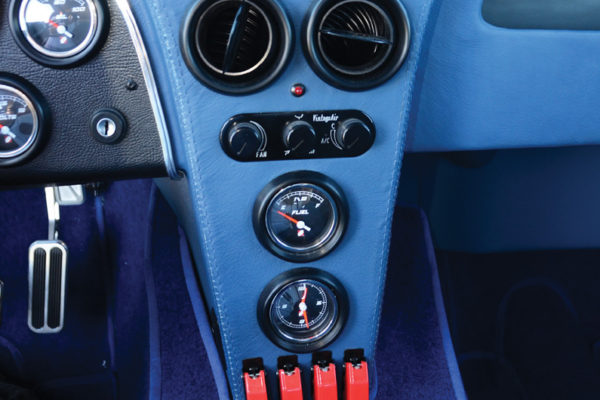
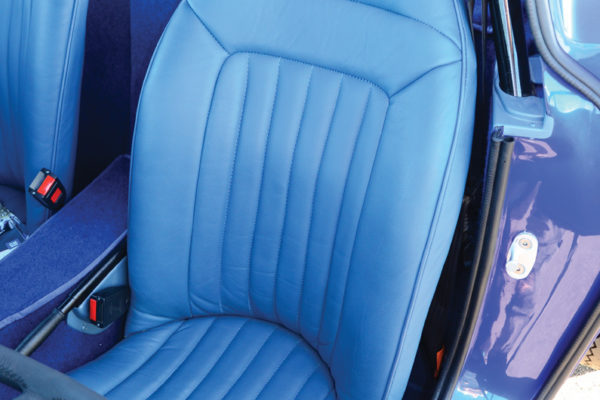
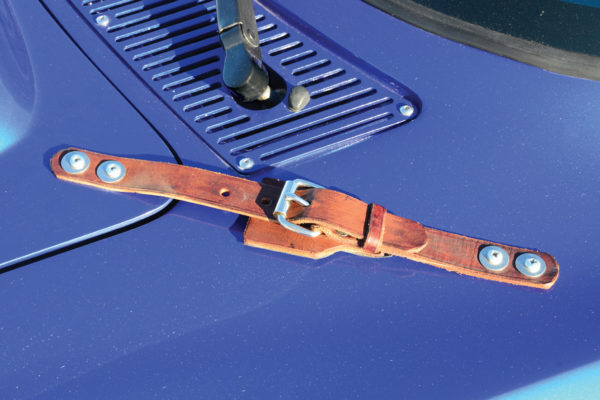
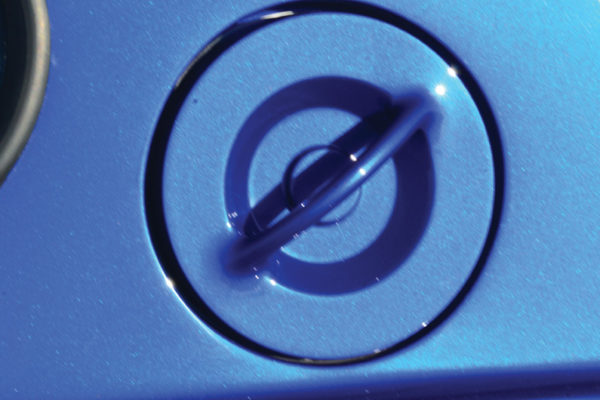
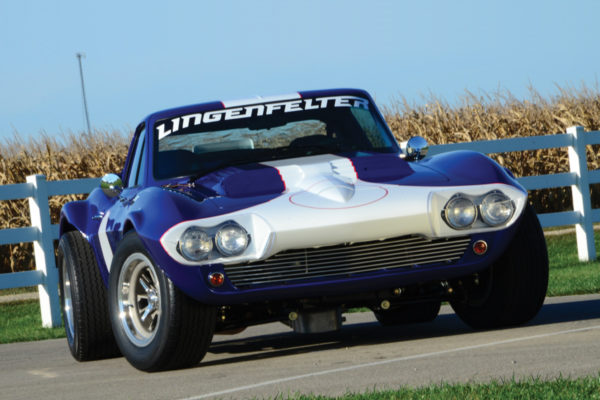
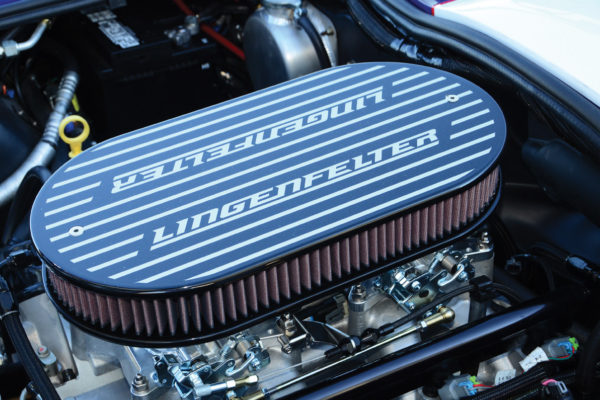
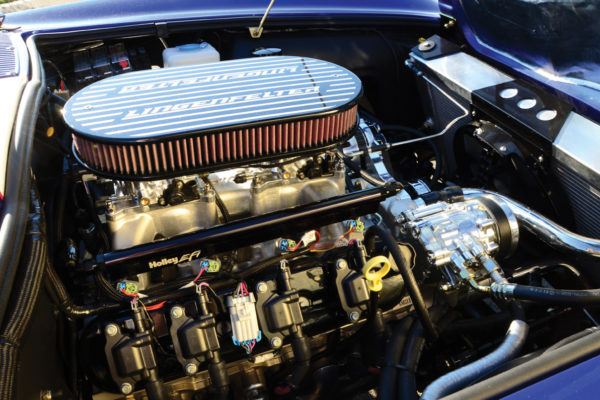
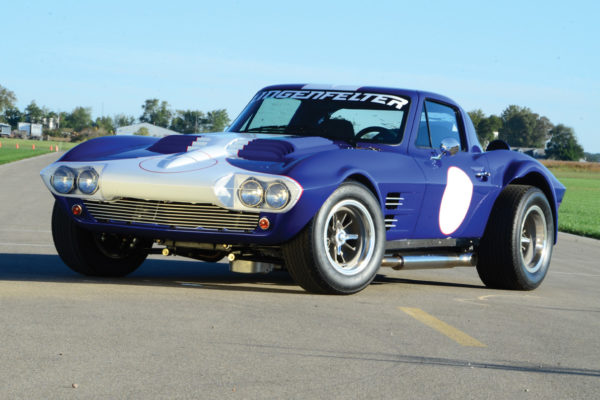
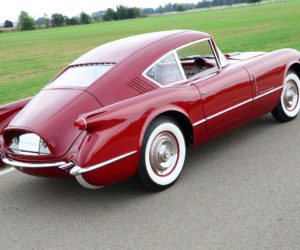
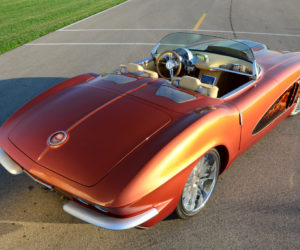
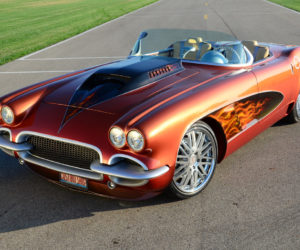
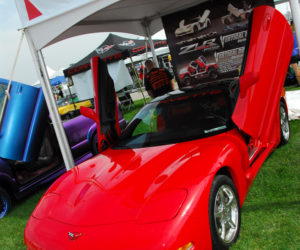
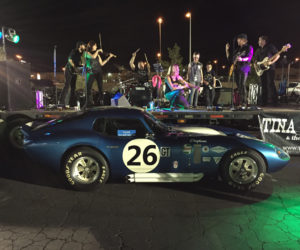
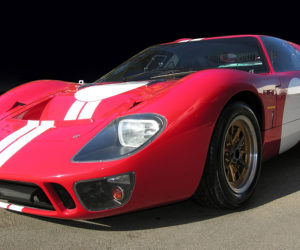




Comments for: Mirror, Mirror
comments powered by Disqus